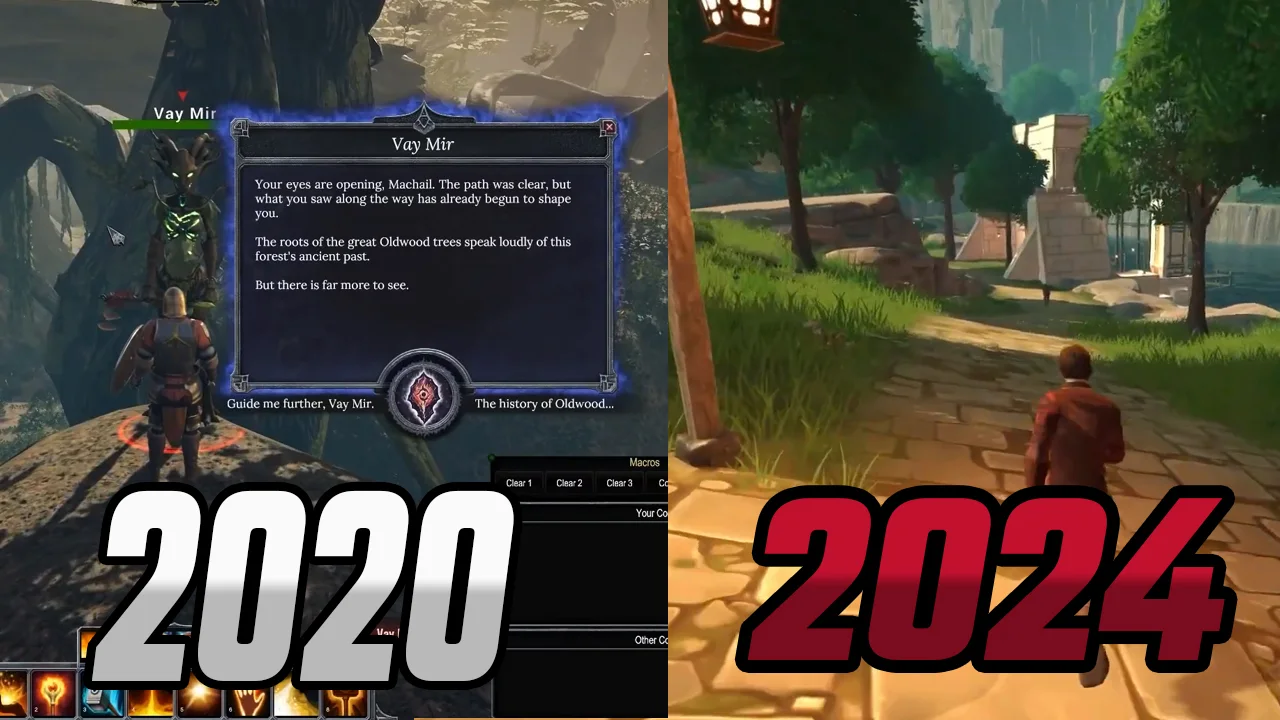This year quietly commemorates a decade since the inception of Pantheon: Rise of the Fallen, an anniversary that its developer, Visionary Realms, seems reluctant to celebrate publicly. With over $5.34 million invested in its development, excluding crowdfunding contributions, what does the game have to show? After ten years of anticipation and significant financial backing, Pantheon remains mired in an early alpha state, far from the old-school MMO experience initially envisioned. This milestone, rather than being a moment of triumph, highlights a journey marked by delays, unmet expectations, and a concerning lack of substantial progress, leaving supporters and skeptics alike pondering the future of Pantheon.
At MMORPG.GG we are big fans of EverQuest and its sequel, and even Vanguard: Saga of Heroes, a diamond in the rough that never got the polish it deserved, so we have been staunch supporters of Pantheon since the legendary Brad McQuaid (RIP) first announced the game back in 2014. Over the last year, our support has started to waver.
When Pantheon was first announced, it promised to rekindle the spirit of high-adventure and community-centric gameplay reminiscent of early MMO classics. Funded by a wave of nostalgia and the support of die-hard fans, expectations were sky-high. Early footage and updates from the mid-2010s showcased a game that not only captured the essence of old-school MMOs but also presented it with decently impressive visuals for a game not in alpha yet and innovative features that seemed like they would bridge the gap between the old-school and the new.
However, fast forward to today, and the shimmer of Pantheon’s early promises has notably dimmed. Those initial graphical showcases now outshine the current visual outputs, an unusual case where earlier versions of a game look better than later ones.
Pantheon’s art update was announced last year, symbolizing a desperate attempt to salvage a project mired by a decade of sluggish development. The update was supposed to save Pantheon from looking generic due to leaning on Unity assets, the game’s visual direction has now pivoted to a hand-painted style, touted as a solution for a small team’s limited resources and a means to stand out in a sea of hyper-realistic MMOs.
Instead, the update did the exact opposite. Making the game look like any of the dozens of WoW clones that came out in the late 2000s. It is also very similar in style to other MMOs currently in development like Scars of Honor or Profane, making it stand out less, not more. It is also very far from the art style in the classics it is trying to emulate.
Below is a gallery showing the evolution of the graphics of Pantheon from 2015 until 2024. Note that it was difficult to find good quality footage from the time as the devs have deleted all videos from their YouTube channel that was from before 2023.
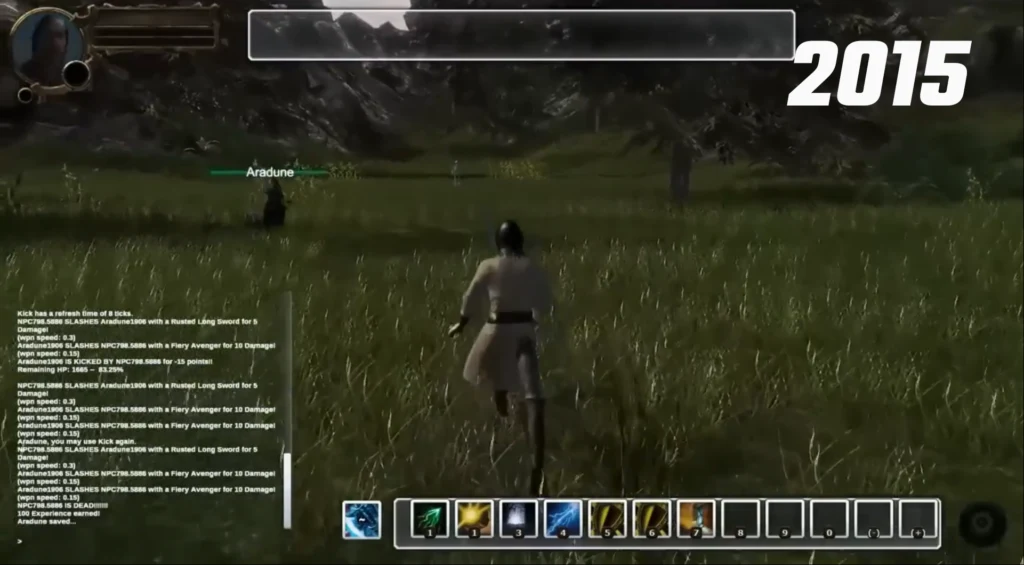
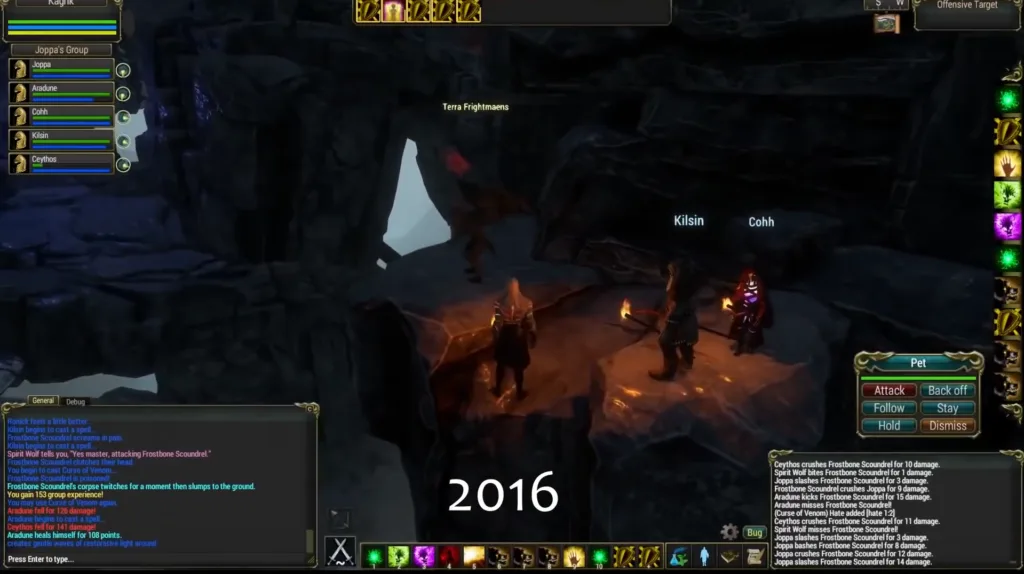
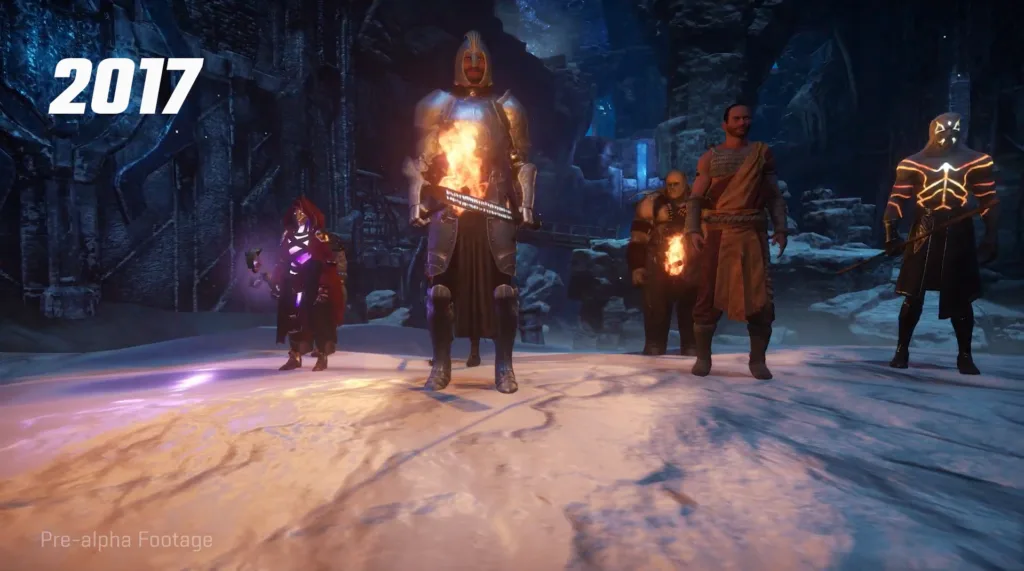
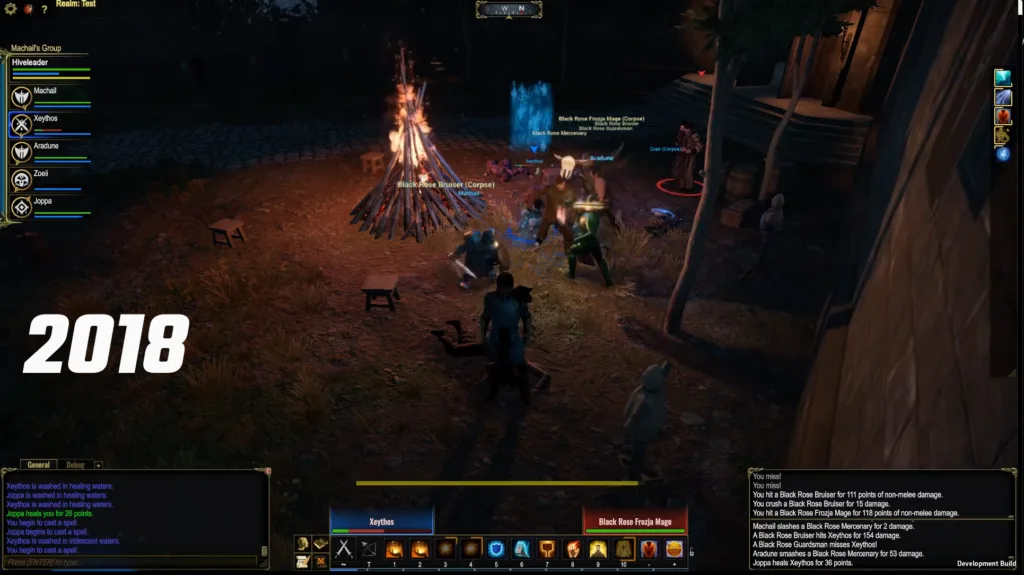
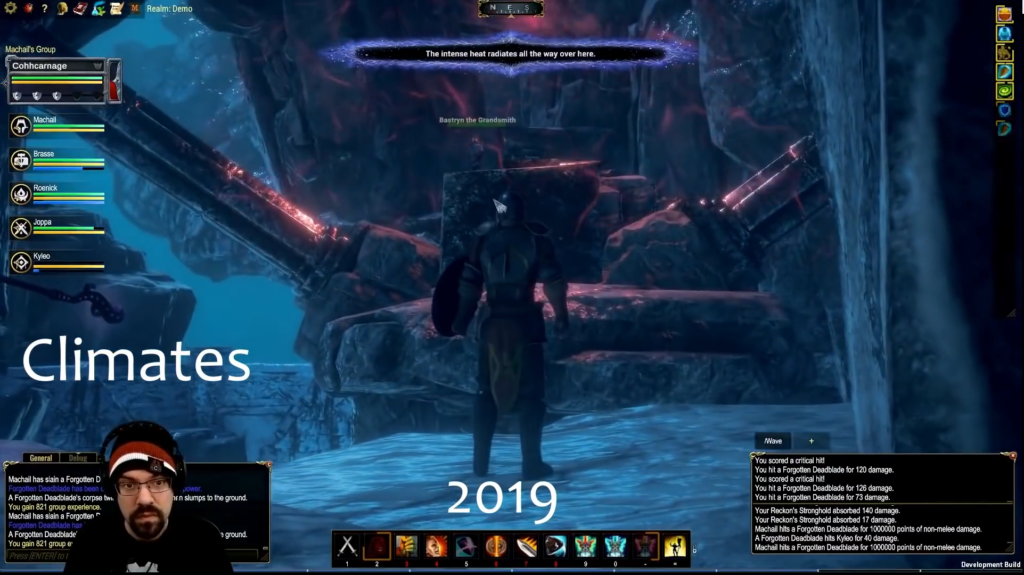
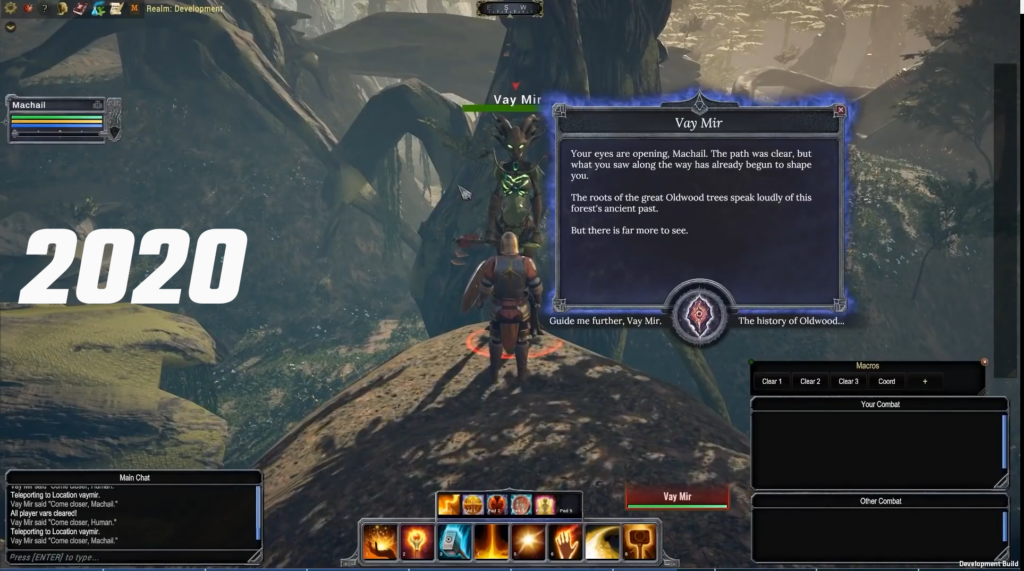
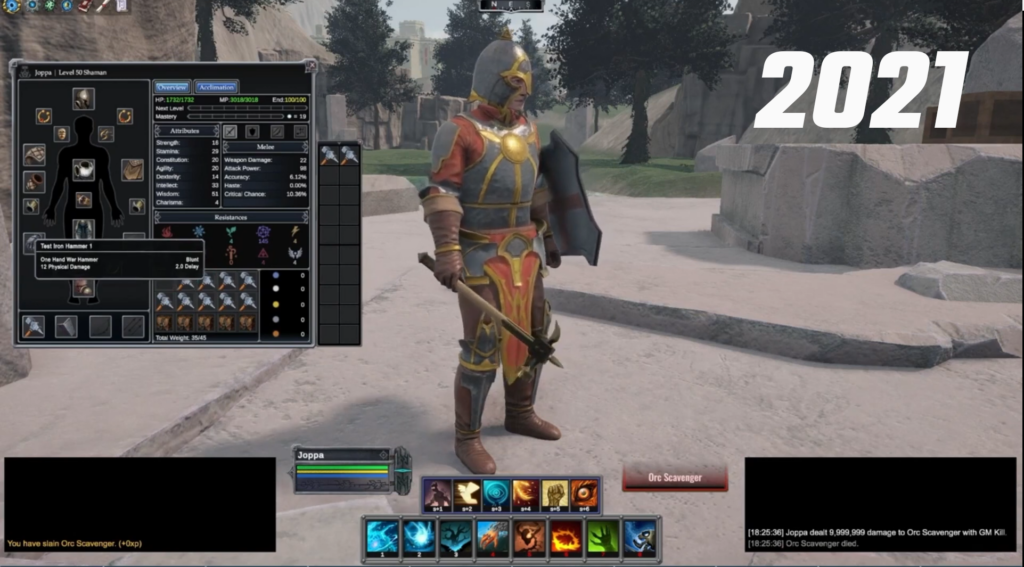

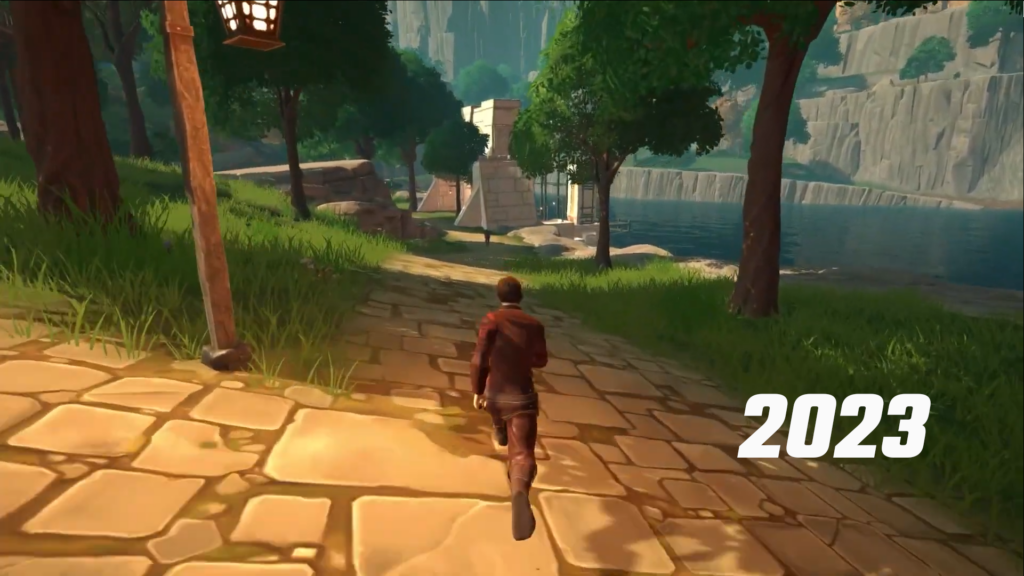
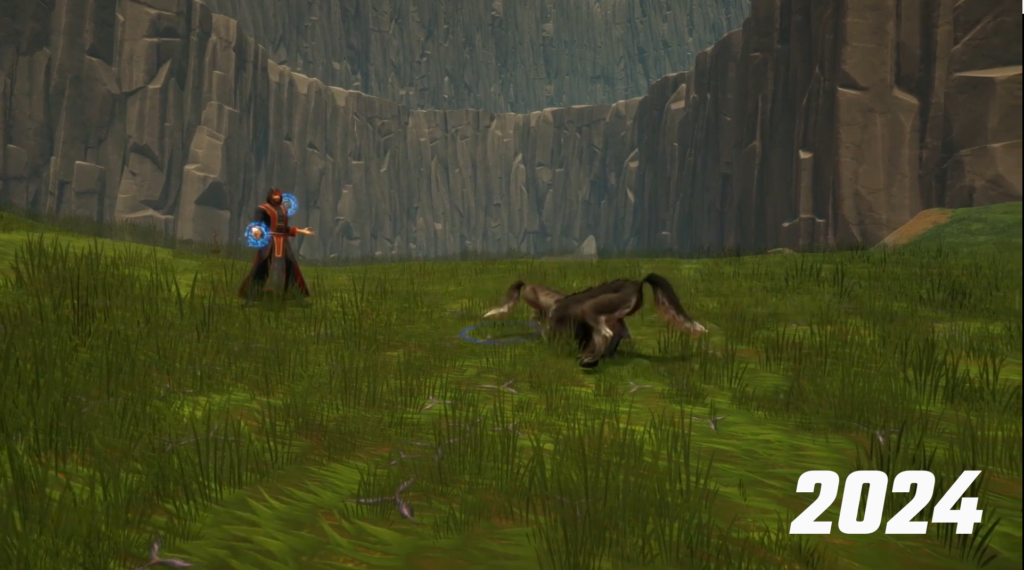
The concerns are not just about aesthetics or unfinished features. They extend to the core promise of Pantheon—delivering a next-generation MMO experience infused with the nostalgia of the genre’s golden age. With every year that passes, the landscape of gaming evolves, and what might have seemed revolutionary a decade ago risks becoming outdated if not iterated upon swiftly.
Supporters of Pantheon still hold onto hope. The game’s unique selling points, such as its emphasis on group-oriented gameplay and a challenging, immersive world, are still appealing. However, more and more fans are looking elsewhere to newer shinies titles, while others realize that the best path to the good old days is just to play the old-school MMOs of their youth instead of a new game trying to be just that.
Pantheon’s repeated delays and the recent stylistic overhaul appear as stalling tactics rather than genuine progress for a game that is increasingly looking like it will never be what it promised it would.

